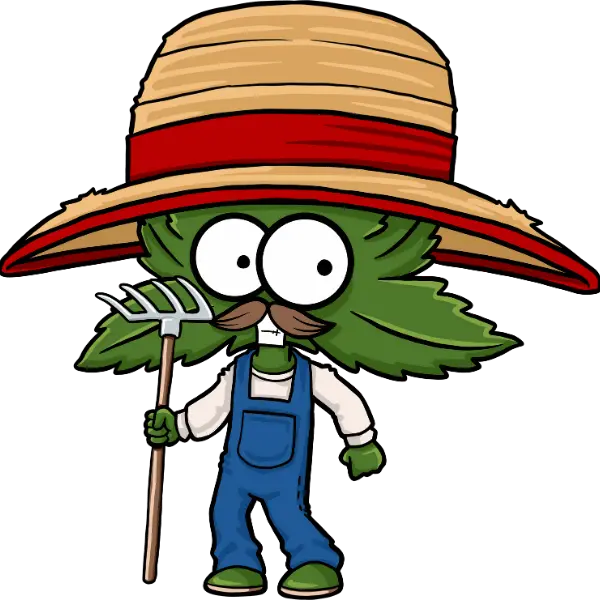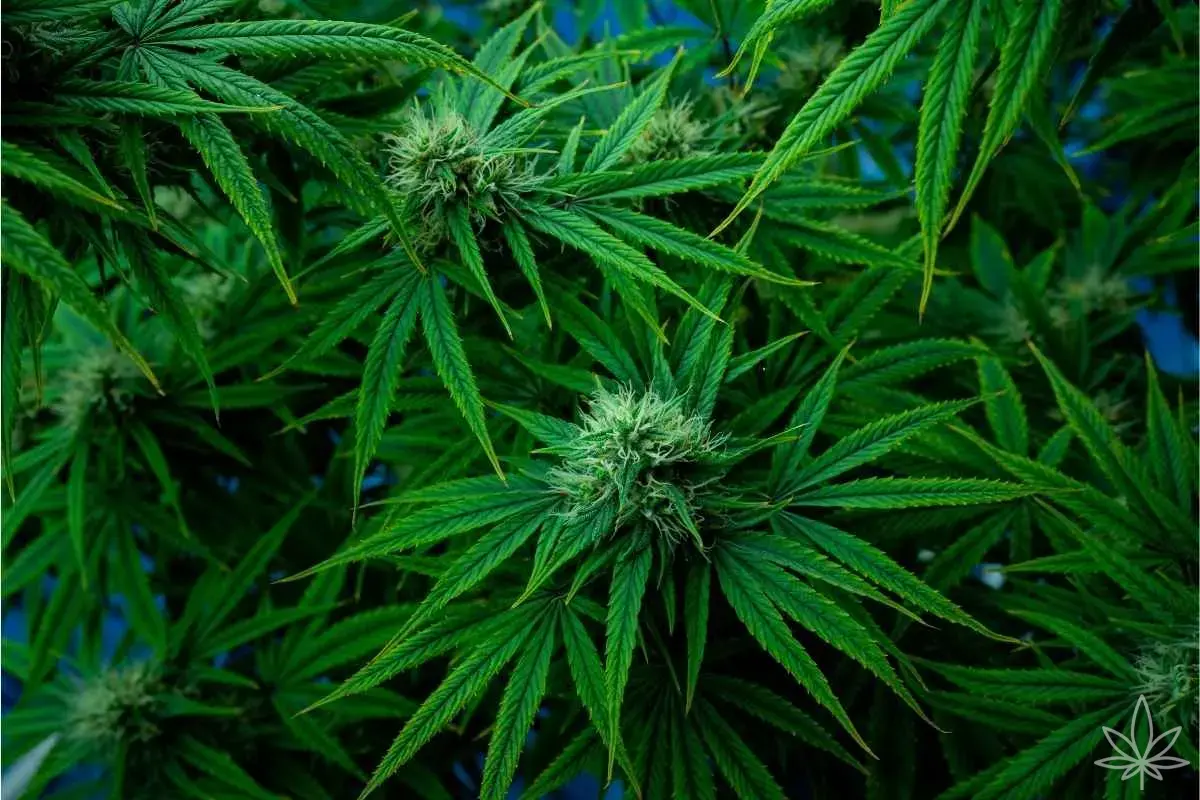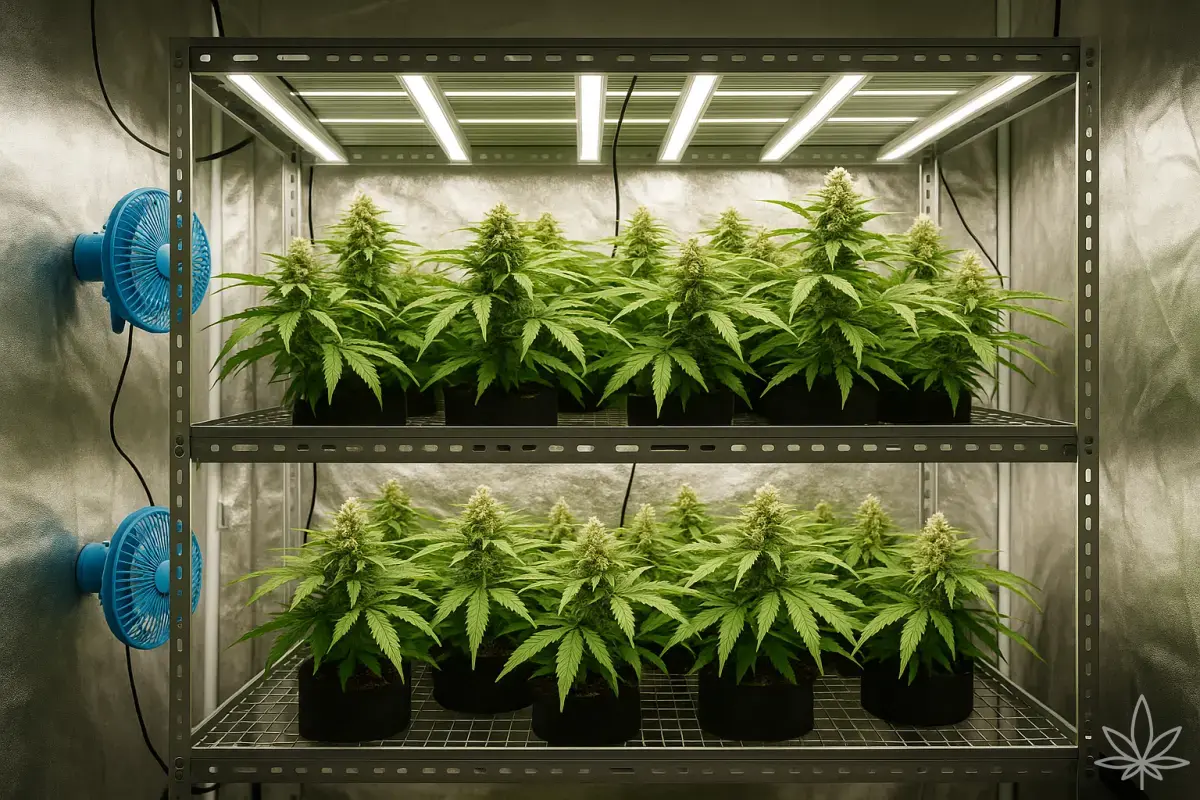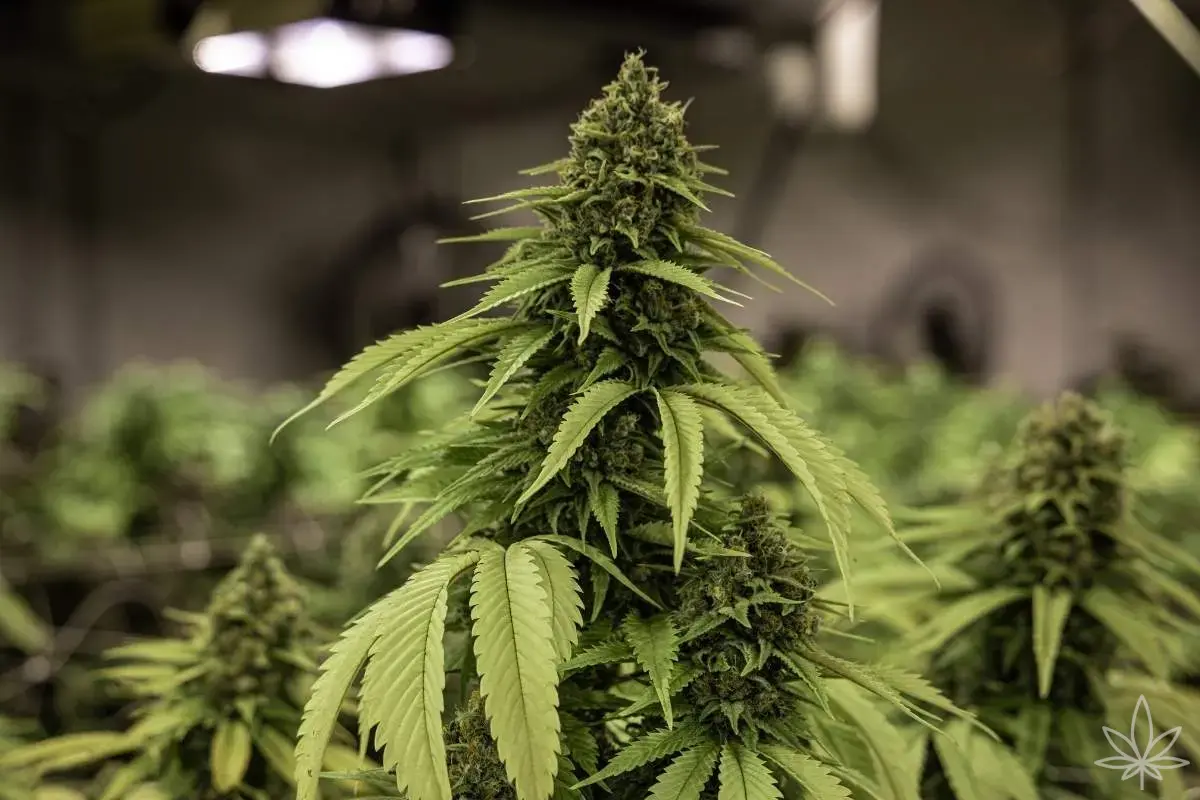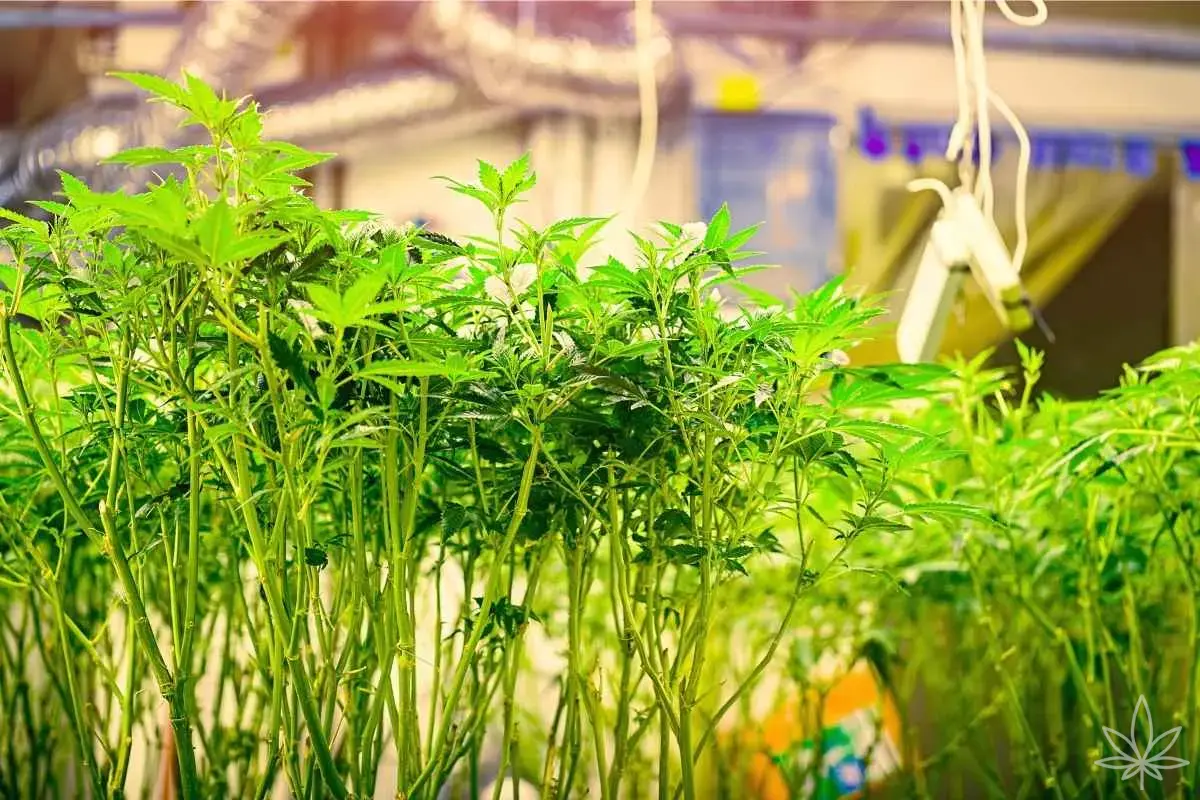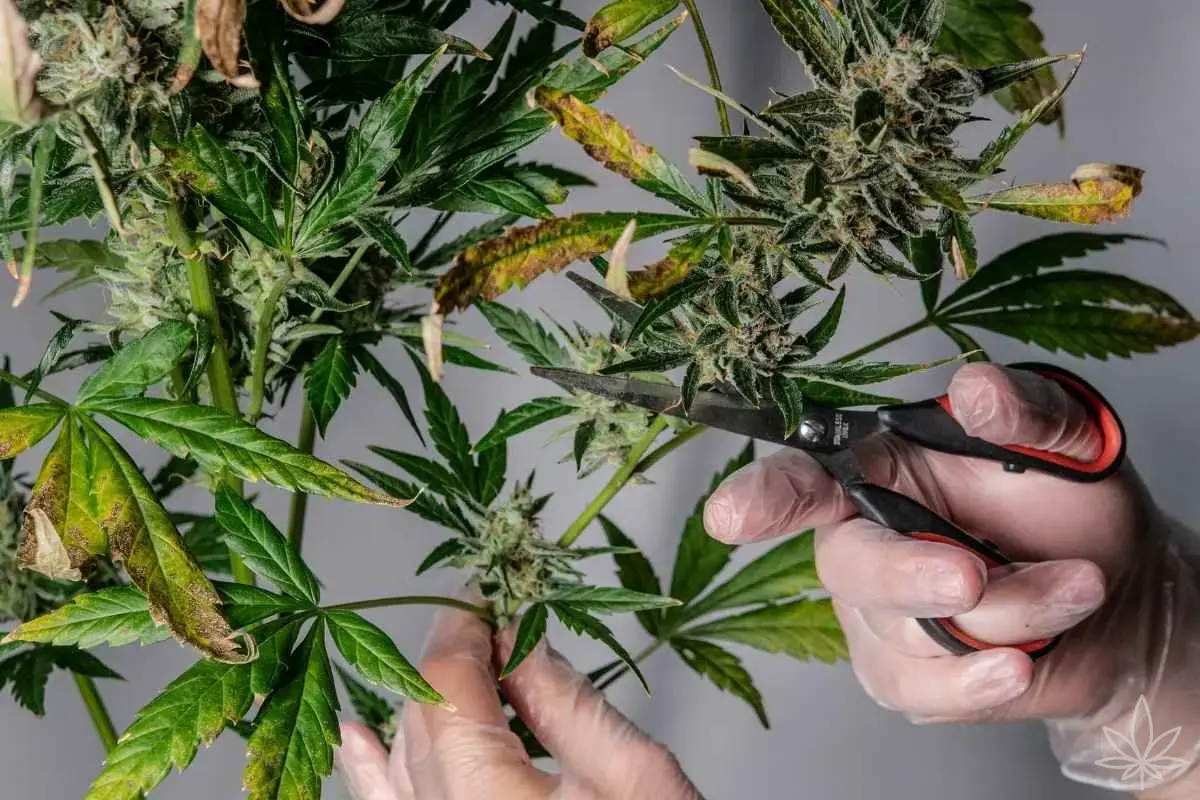Some growers love the Sea of Green — lots of small plants, short veg, rapid turnover. Others swear by the Screen of Green — a few plants, patient training, and thick, uniform colas under a flat canopy. Both produce. The real question: which fits 60×60 and 120×120 best? Here’s a no-myth, parameter-first breakdown with timelines, numbers, and plug-and-play plans.
Quick definitions
- SoG (Sea of Green): many plants (ideally clones), minimal training, short veg (0–14 days), fast flip to 12/12. Yield is built by count of single-cola plants.
- ScrOG (Screen of Green): few plants, a net 15–35 cm above the medium, active tucking/spreading, longer veg (4–8 weeks). Yield is built by a uniform canopy and big colas.
Reference lighting:
- 60×60 cm → LED 150–220 W, target 700–900 µmol/m²/s PPFD in flower.
- 120×120 cm → LED 480–650 W, 700–1000 µmol/m²/s PPFD evenly across the footprint.
Keep flowering DLI ~35–45 mol/m²/day.
60×60 cm — speed vs. control
SoG in 60×60: sprint to harvest
- Genetics: compact hybrids, ~8–9 week bloom.
- Plant count:9–16 (3×3 or 4×4 grid).
- Pots:3–5 L (fabric helps aeration).
- Veg: clones 0–7 days post-root → flip; from seed 10–14 days then flip.
- Training: no topping; light defoliation + lollipopping pre-flip.
- Irrigation: smaller, more frequent feeds.
- Cycle time: typically 8–10 weeks from flip (+ rooting).
- Realistic yield:200–350 g total at 150–220 W with good uniformity.
- Pros: fast, even “candles,” lower height risk.
- Cons: more plants = more watering and higher start costs (pots/medium/clones).
Costs (EUR, ballpark): fabric pots 3–5 L 3–5 € each; tray + stakes 6–10 €; clone 5–12 € or fem seed 8–15 €; total for 9–16 plants ~90–240 € for plant material/pots.
ScrOG in 60×60: catalog-grade colas
- Plant count:1–2 in 11–18 L.
- Screen:15–20 cm above medium; 5–7 cm squares.
- Veg:4–6 weeks to ~80–90% screen fill, then flip.
- Training: LST, 1–2× topping/manifold, tuck until end of week 2 flower; defol D21 & D42.
- Cycle time:12–14 weeks from start.
- Realistic yield:250–400 g at 150–220 W; very consistent A-grade buds.
- Pros: fewer plants to manage, thicker colas, excellent height control.
- Cons: longer veg; a bad week can stall progress.
Costs: 60×60 screen 8–15 €; clips/hooks 3–6 €; 11–18 L pots 5–8 € each.
Takeaway for 60×60:
Need frequent harvests and a box turning over every ~10 weeks? SoG. Prefer minimal plant count and “Instagram” colas? ScrOG.
120×120 cm — the big square
SoG in 120×120: rotation machine
- Plant count:16–25 (4×4 to 5×5) in 5–7 L. “Spicy” option: 36 plants in 3–5 L for veterans.
- Veg: clones 0–7 days, seeds ~14 days, quick flip.
- Irrigation: consider drippers/automation.
- Cycle time:8–10 weeks flower (+ rooting).
- Realistic yield:600–1000 g at 480–650 W, heavily dependent on even PPFD and cultivar.
- Pros: best time-to-yield throughput; ideal for steady supply.
- Cons: it’s a small jungle — 20+ plants = more work and higher humidity risk.
Costs: 20× 5–7 L pots ~80–120 €, basic drip setup 40–100 €, plant material 100–300 €.
ScrOG in 120×120: carpet of tops
- Plant count:2–4 in 20–30 L.
- Screen:25–35 cm above medium; often a second support net for flowers.
- Veg:5–8 weeks to ~90% fill; flip and tuck until end of week 2 flower.
- Defol: D21/D42 + strong lollipop up to 1/3 height.
- Cycle time:14–18 weeks (depends on pheno/training).
- Realistic yield:700–1200 g at 480–650 W, high uniformity, big colas, easier trim.
- Pros: fewer pots to water, lower plant-material cost, great climate control under the net.
- Cons: long veg = tent tied up longer.
Costs: 120×120 screen 8–20 €; 2–4 fabric pots 20–30 L 20–40 € total.
What wins per m² and per week?
- Yield per m² (stable setup): either can hit ~400–800 g/m² (lamp & climate dependent).
- Yield over time:SoG wins by more cycles per year.
- Top-shelf cola mass:ScrOG usually delivers thicker, longer colas with less popcorn.
- Daily workload:SoG = more frequent watering of small pots; ScrOG = fewer plants, but a busy “tuck” window.
- Height risk: tight spaces favor ScrOG (the net arrests stretch).
- Starting material:SoG loves clones (uniform structure). From seed, choose fem, low-stretch lines. ScrOG works great from seed.
Ready “cheat sheets”
60×60 — SoG (3×3 or 4×4)
- 9–16 plants, 3–5 L, veg 0–14 days, flip, defol at D21.
- LED 150–220 W, PPFD 750–850, RH flower 45–55%, stable VPD.
- Goal: 9–16 candles 25–40 cm tall.
60×60 — ScrOG (1–2 plants)
- Screen 15–20 cm, 5–7 cm mesh.
- 11–18 L, 1–2× topping, tuck to end of week 2 flower, defol D21/D42.
- Flip at ~80–90% screen fill.
120×120 — SoG (4×4 to 5×5)
- 16–25 plants (5–7 L), quick flip; consider drippers.
- LED 480–650 W, PPFD 800–950, strong airflow (2–4 clip fans).
120×120 — ScrOG (2–4 plants)
- Screen 25–35 cm, optional second support net.
- 20–30 L, manifold/LST, flip at ~90% fill.
- Aggressive lollipop up to 1/3 height (lower canopy won’t get PPFD anyway).
What it costs (EUR, quick view)
- ScrOG screen 60×60 / 120×120:8–20 €
- Fabric pots 3–5 L / 5–7 L / 20–30 L:3–5 € / 4–7 € / 8–12 €
- Starter drip kit (60–120 cm tents):40–100 €
- Clones (legal markets) / fem seeds:5–12 € / 8–15 € each
Decide in 30 seconds
- Access to clones & want frequent harvests? → SoG.
- Hate juggling many plants, love fat colas? → ScrOG.
- Height is tight? → ScrOG.
- Yearly throughput matters more than one-cycle max? → SoG.
- Only 60×60 and little time to train? → SoG.
- Have 120×120 and want a “carpet of tops”? → ScrOG.
Summary
In 60×60, SoG wins for pace and simplicity; ScrOG wins for quality and control. In 120×120, SoG is the throughput machine, while ScrOG puts on a cola show. Match plant count, pot size, screen height, and veg time to your light and climate. Once you understand your PPFD and your cultivar’s stretch, both systems deliver — the difference is your style of play.
